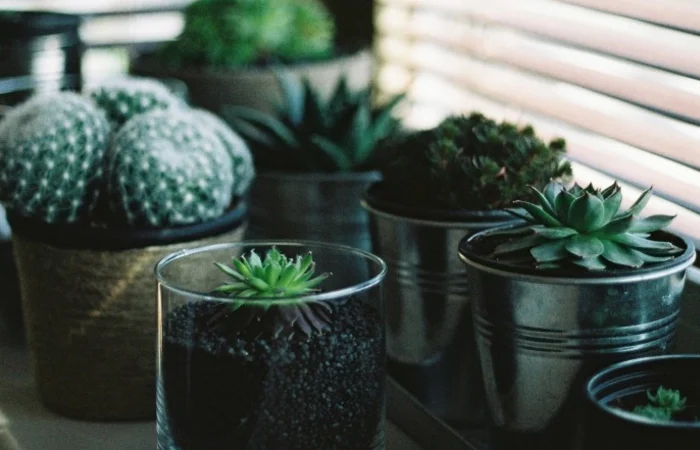Gardening enthusiasts often find themselves captivated by the diverse beauty and low-maintenance nature of succulents. These fleshy, water-storing plants thrive in a variety of conditions, making them ideal for both indoor and outdoor spaces. However, one crucial aspect of succulent care that many hobbyists overlook is repotting. Understanding how often to repot succulents is essential for their healthy growth and longevity.
Understanding the Importance of Repotting
Before diving into the frequency of repotting, it’s crucial to understand why this practice is necessary. Succulents, like any other plant, require adequate space for their roots to grow and spread. Over time, roots can become cramped in their original pots, restricting their ability to absorb nutrients and water efficiently. Additionally, as succulents grow, they may outgrow their containers, leading to an imbalance between the plant’s size and the pot’s capacity.
Repotting provides several benefits:
Space for Root Growth: It allows the roots to expand, promoting healthier plant development.
Nutrient Renewal: Fresh soil introduces essential nutrients that may have been depleted over time.
Aesthetic Appeal: A larger pot can enhance the plant’s appearance, making it a more striking addition to your garden or home decor.
Factors Influencing Repotting Frequency
Several factors determine how often you need to repot your succulents. These include:
Growth Rate: Some succulent species grow rapidly while others remain relatively slow. Faster-growing varieties may need repotting more frequently.
Pot Size: Smaller pots restrict root growth more quickly than larger ones. Therefore, plants in smaller containers may require repotting sooner.
Soil Condition: Well-draining, nutrient-rich soil supports healthy growth and may extend the time between repottings.
Plant Age: Younger succulents generally grow faster and may need to be repotted more often than mature, slower-growing plants.
Environmental Conditions: The light, temperature, and humidity where the succulents are kept can also affect their growth rate and, consequently, the need for repotting.
General Guidelines for Repotting Succulents
While there is no one-size-fits-all rule for repotting succulents, here are some general guidelines to follow:
Every One to Two Years: For most succulents, repotting every one to two years is sufficient. This interval allows the plant to reach a suitable size for the next pot size up.
Signs of Outgrowth: Keep an eye on the plant’s roots. If they are visibly coming out of the drainage holes or the soil surface is raised due to root growth, it’s a sign that the plant needs a larger pot.
Potting Up: When repotting, it’s best to choose a pot that is only slightly larger than the current one. This prevents the plant from becoming root-bound and encourages healthy growth.
Seasonal Considerations: Spring and fall are generally ideal times for repotting succulents, as these seasons offer moderate temperatures and conditions conducive to plant recovery.
Steps for Repotting Succulents
Repotting succulents is a straightforward process that involves a few key steps:
Prepare the New Pot and Soil: Choose a pot that is one to two inches larger in diameter than the current one. Fill it with well-draining succulent soil.
Remove the Plant: Carefully tip the old pot over and gently ease the plant out. If the roots are tightly packed, you may need to loosen them with your fingers or a small tool.
Inspect the Roots: Trim any dead or rotten roots. This helps prevent the spread of disease and encourages healthy new growth.
Plant in the New Pot: Place the succulent in the center of the new pot and fill in around the roots with soil, ensuring the plant is at the same depth it was in the old pot.
Watering: After repotting, water the plant thoroughly but allow the soil to dry out completely before watering again. This helps the plant adjust to its new environment.
Conclusion
In summary, repotting succulents is a vital aspect of their care, ensuring they have adequate space for root growth and access to essential nutrients. By considering factors such as growth rate, pot size, soil condition, plant age, and environmental conditions, you can determine the optimal repotting schedule for your succulents. Following the general guidelines and steps outlined in this article will help you repot your succulents successfully, promoting their healthy growth and long-term vitality. Remember, patience and attention to detail are key to nurturing these beautiful, resilient plants.
Related topics:


